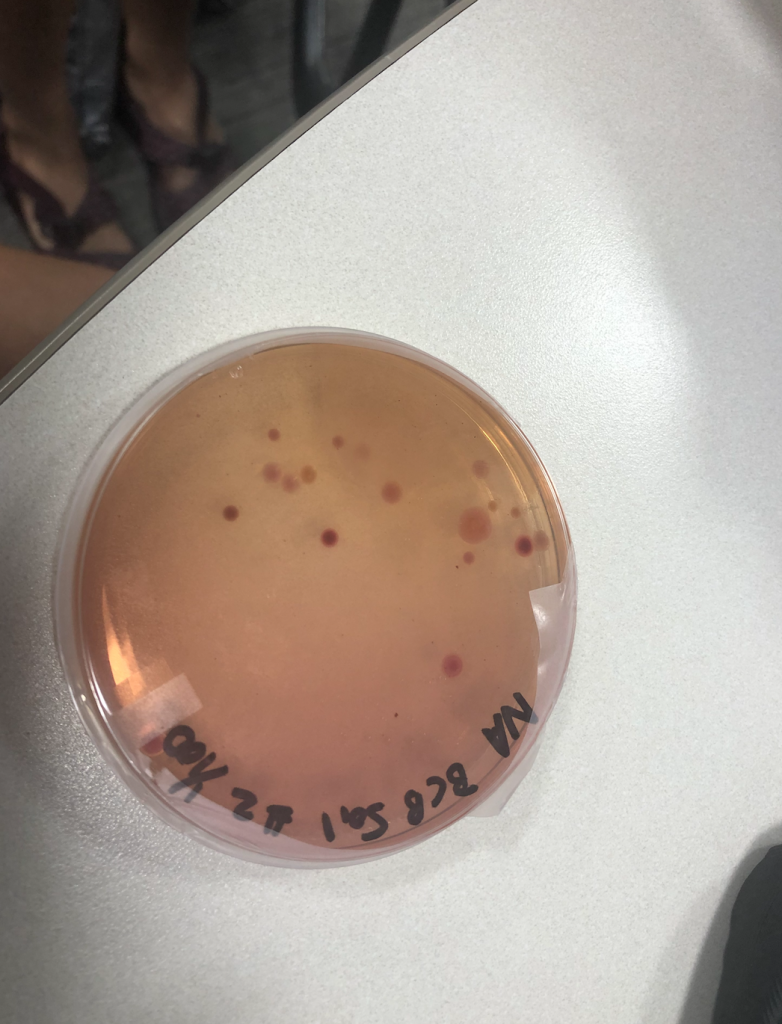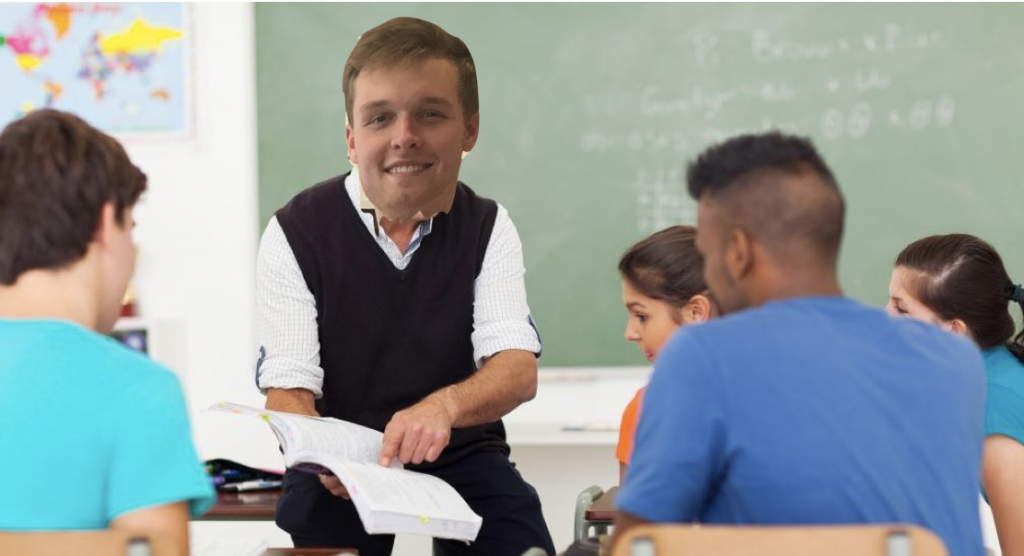What we did:
About one and a half weeks ago, I participated in the Rivers Alive program at the MLK Greenway site. I choose to go there directly and did not attend the 8:00 am opening at Sandy Creek Nature Center. There were a lot of people there – some were from UGA (one specific group I talked to a lot was a grad English program group), and some were from a high school. There were also some who were just locals and wanted to contribute.
Our role in this cleanup was to go along the roadsides and pick up garbage. It was pretty hard work, especially since some of the metallic garbage, tires, and beds were buried deep behind dirt or carpets. It may be hard to see in the photo, but the photo is of a piece of carpet that’s been lying on the ground so long, a sizable bush had grown out of it, it’s roots weaved around the carpets fibers.
It was cool going around and meeting the other people who were also cleaning up. We chatted while we tore carpet off the mound by the road, and remarked about the various antique garbage we found. We went to two primary locations: by the road, and behind a house. We picked around the area, rolling down massive tires, pulling out bed springs, and lugging down rubber hoses. Someone even found a bike. Around 11:30, we were all extremely tired, and we got together and called it a day.
How I feel:
I was extremely surprised by the amount of trash collected by the side of the road. In the early few minutes, I was actually quite amused with the different kinds of unexpected garbage laying around. As I continued picking, the amusement faded, replaced with a feeling of sadness and disappointment. Then, somewhat frustration. A lot of the garbage by the road was covered with carpet. That means whoever threw all that away, as well as subsequent times the garbage was seen, they just decided to cover it away, instead of picking it up and disposing of it. It was things like bottles and cans, but then it turning to metal pipes, tires, and even cinder blocks. Some metals were stuck so far in the ground, we couldn’t even manage to get it out, and some of the cans and bottles look like they were from the 50’s.
Something that stood out to me while I was there was when someone held up a Styrofoam egg carton. It looked like it was probably only months old, but it was laying under garbage that (from it’s labels) where probably from the late 70’s/early 80’s. After all that time, the Styrofoam has barely degraded at all. I was frustrated that people from before decided to just dump their garbage wherever they wanted. I was disappointed that people just thought it was okay to do this. I was sad that some of this garbage had been here for so long, and by the way things looked when we finished, there are probably still mounds of garbage buried beside – and maybe even under – the road.
So What?:
My experience from volunteering that day really changed my attitude towards cleaning my environment. I never really cared about it before, and had always thought the area around me was clean. It wasn’t until I dug a seemingly bottomless pit of garbage from the ground that I realized the damages littering and waste has done to the environment. My experience from that day had greatly changed my outlook towards cleaning the environment. Before, I was less inclined to do anything, and thought everything was going to be okay. Now, I am much more motivated to help the environment.
Now What?:
I plan on volunteering more to clean up the environment – not just here at Athens, but also in my hometown. I want to contribute more to improving the health of the town’s ecosystem, and clean it up to be better. While cleaning the environment is not a very big part of my major or many of the potential career paths associated with the major, I still plan to take time to help clean the environment by volunteering.











